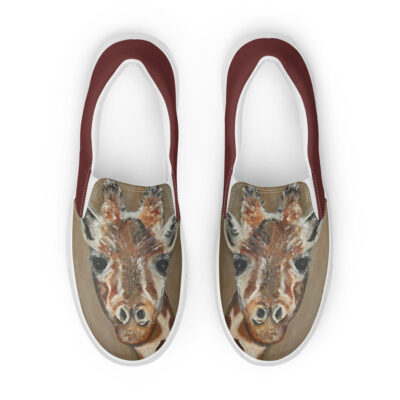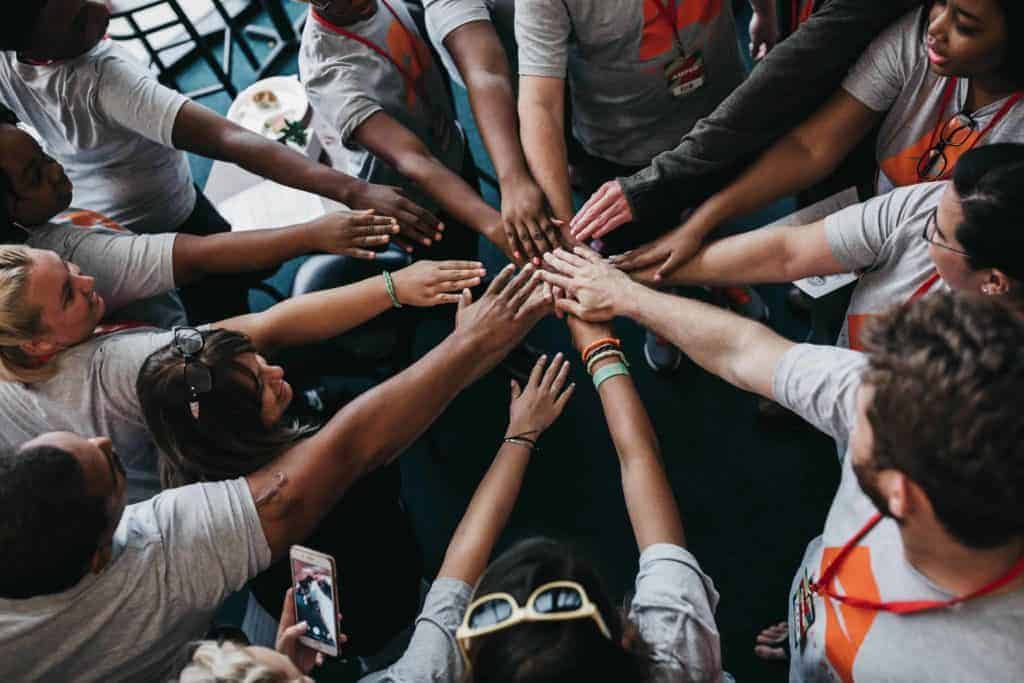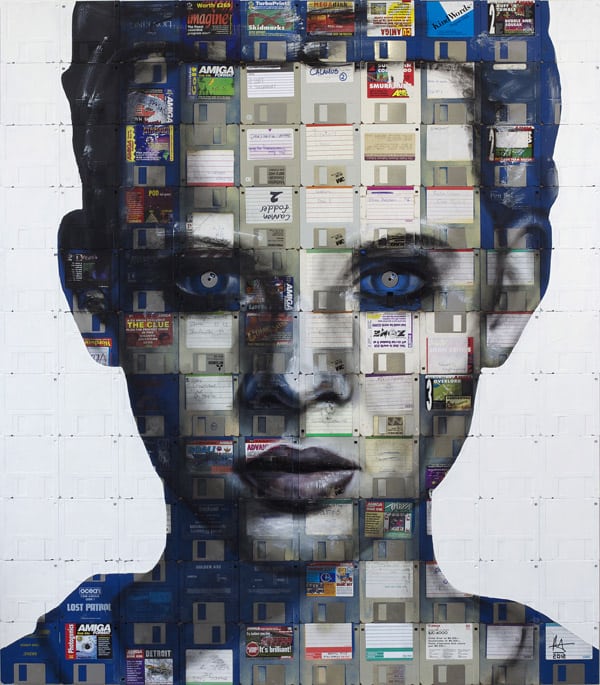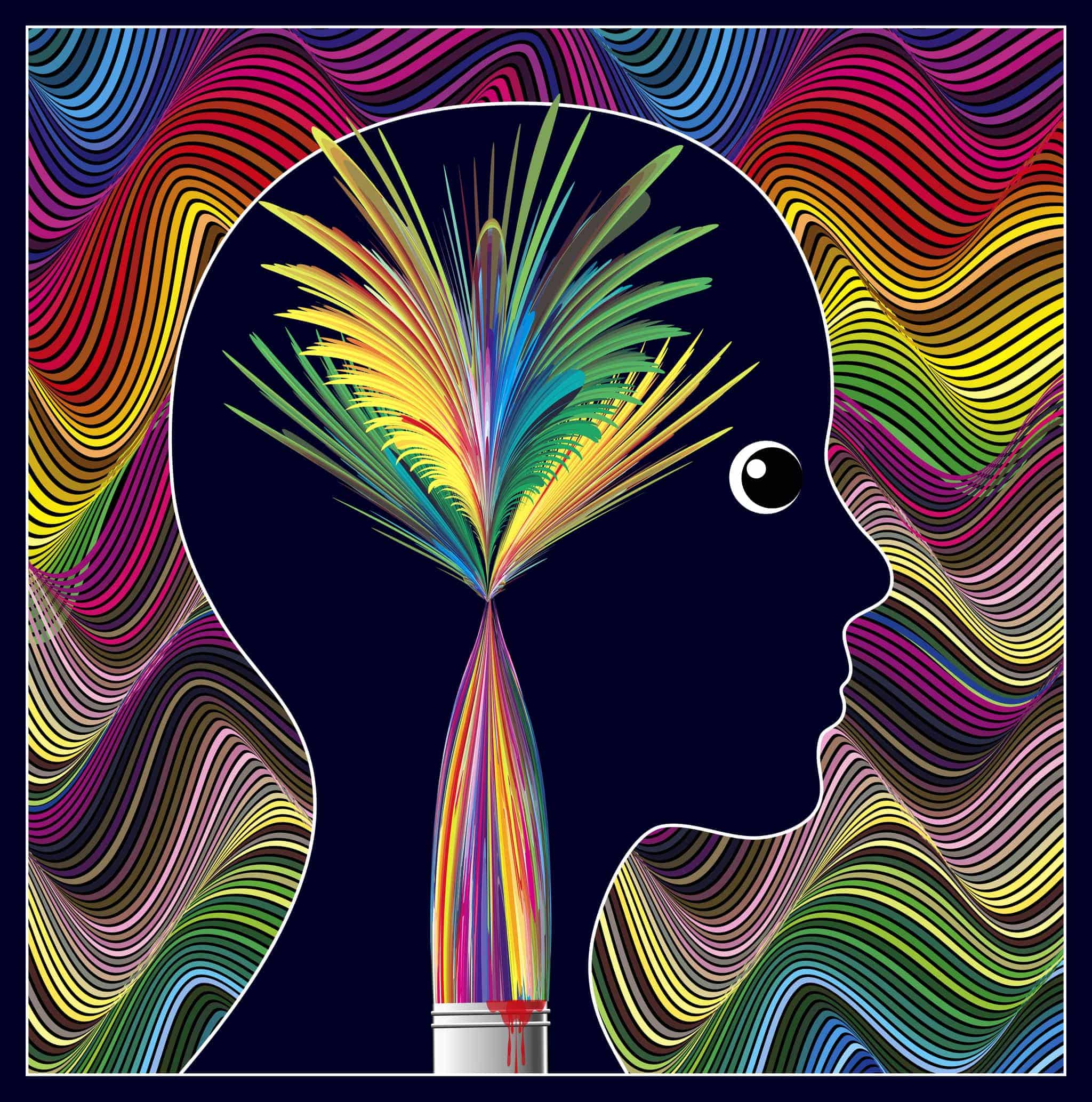As discussed in our previous “art as therapy” post, there are six fundamental emotions experienced by people across all cultures and ages:
- Fear
- Anger
- Sadness
- Disgust
- Surprise
- Happy
While emotions benefit us in many ways, depending on the way we react to our emotions and cope with tragedy, they can actually end up causing us harm. Below, we will discuss how our feelings and reactions can help or hurt us as well as a few art therapy exercises that can help us improve our emotional responses.
How Feelings Benefit Your Being
The science of emotion is complex, to say the least, but scientists agree that they fundamentally benefit humanity and make it stronger.
For instance, if we take a primal point of view, negative emotions signal humans to take action that would ensure their safety and chances of survival. (Think: Fear, Disgust, Sadness, Anger.)
The most positive of the basic emotions is happiness; this extends to love and encourages groups of people to grow together, become strong, support each other, and to procreate.
Emotions also help us to appropriately process shocking or negative experiences. Feeling grief and anger, for example, are natural ways to process something, such as the death of a loved one.
When Emotions Are Less Than Beneficial
Sometimes, our emotional responses can be less than beneficial and can even create long-lasting negative effects.
When we have a substantially negative experience, if we have the necessary coping skills, we will be able to overcome the experience. On the other hand, we are also susceptible to developing negative coping mechanisms that can be harmful.
Here are some of the most common negative coping mechanisms:
- Avoidance: suppressing or avoiding negative feelings or thoughts completely
- Rumination: Obsessively and critically replaying thoughts trying to find faults or perfection
- Masking: Masking emotions and not allowing yourself to show emotion – especially to avoid judgment
- Impulsivity: Wanting immediate relief. (Eg. Drugs, alcohol, overeating, overspending.)
Recommended Art Therapy Activities
We can use art therapy in order to strengthen our appropriate emotional responses and, therefore, our “relationship” with our emotions. All of the below activities and exercises will assist you in developing emotional management skills as well as help you understand your feelings and reactions:
- Think of a life event in which you felt one of each of the six basic emotions occurred. Take note of the feelings in your body and observe how the feelings swell, then create one painting, drawing, or collage for each emotion showing where in your body that you felt the emotion.
- Participate in a 7-day challenge where you create a small artwork that reflects your emotions at the end of each day.
- Create a 7-day weather chart illustrating how you have felt over the past week. Eg. Sunny for happy, rainy for sad, etc.
- Create an emotional iceberg where the top part above the water shows the emotions that you outwardly display or feel on the surface. Then, the bottom of the iceberg should show suppressed or hidden emotions.
Our 7-Day Art Therapy Challenge
As part of our art therapy series, we encourage all of our readers to try out the above activities as well as the following 7-day challenge:
- The first day, create a work of art that represents fear
- The second day, create a work of art that represents anger
- The third day, create a work of art that represents sadness
- The fourth day, create a work of art that represents disgust
- The fifth day, create a work of art that represents surprise
- The sixth day, create a work of art that represents happy
- The seventh day, create a work of art that represents a feeling that you have personally felt throughout the week.
Please give our challenge a try and let us know how it made you feel in the comments below!
Need a little inspiration?
Shelley Klammer has a lot of great resources and how-to videos that help with creativity, emotional understanding, and art therapy. This awesome interview with artist Hali Karla on Creative Practice and Emotional Healing is a great start!
Are You An Artist?
Gain exposure, sell your art, and help a non-profit you care about – all in one place!
Sign Up Today











